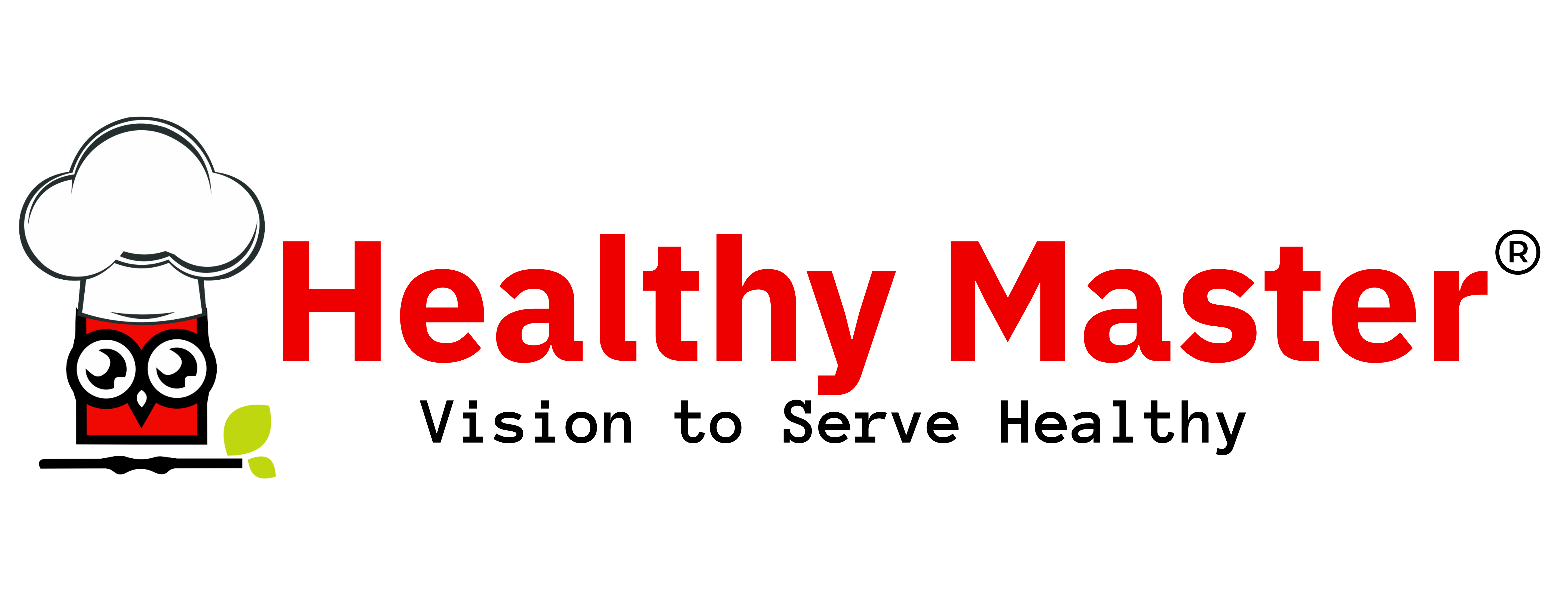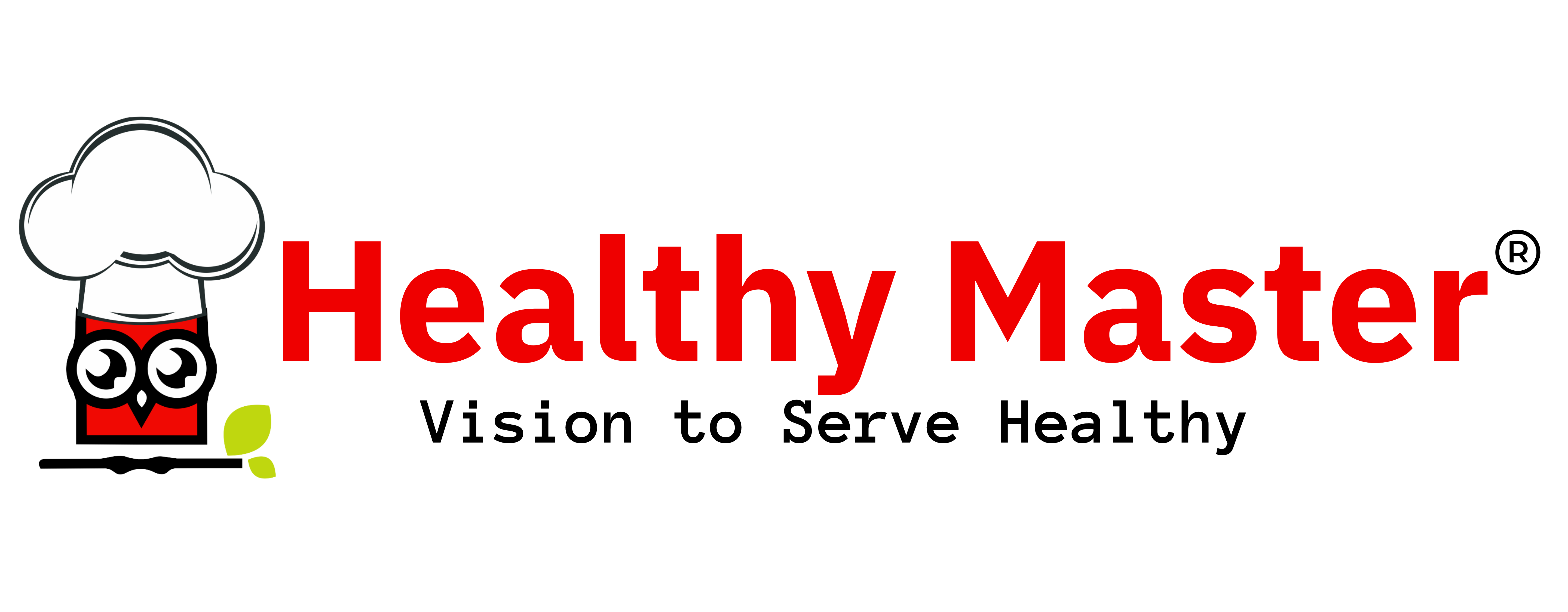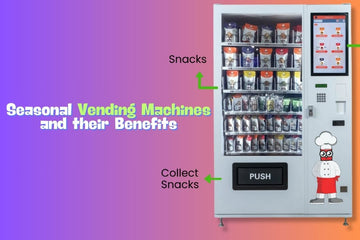
What Foods Should A Person Avoid After A Caesarean Delivery?
It is an amazing experience to bring a new life into the world, and recovering from a caesarean section requires careful planning, particularly about nutrition. It's important to be mindful of what you put on your plate, even as you enjoy the joys of motherhood.
Certain foods have the potential to positively or negatively impact lactation and physical well-being during the post-cesarean healing process. We'll look at the foods that are generally best avoided following a C-section in this blog, providing information to new moms so they can make decisions that will promote a quicker and easier recovery.
Why Is Post-Surgery Nutrition So Important?

After a caesarean delivery, maintaining an ideal diet and nutrition is critical to your recuperation. It will take some time for your body to heal completely from this major abdominal surgery.
Eating foods rich in the vital nutrients required for healing can speed up the healing process and maintain a high level of energy. Your only food options in the first few hours after surgery might be liquids or ice chips.
After you pass gas, which indicates that your intestines are working properly, you'll probably move on to solid foods and eventually a regular diet. It's crucial to gradually reintroduce foods at this point to prevent discomforts associated with the diet, like excruciating gas or bloating.
Deficient consumption of vital nutrients can result in prolonged fatigue, slowed wound healing, and heightened susceptibility to infections. A bad diet can affect the quality of breast milk produced by nursing mothers, which may have an impact on the growth and development of the newborn baby.
A compromised immune system and postpartum depression may also result from inadequate nutrition, leaving the mother more vulnerable to illnesses. Following a caesarean delivery, maintaining a nutritious diet is essential for your recovery.
Foods to Avoid after a C-section Delivery
Following a caesarean section, you are encouraged to rest, so your regular activities are limited. You won't be able to do much physical activity, so you should watch what you eat and stay away from foods that will make you feel more exhausted quickly. Let's examine the foods that ought to be avoided following delivery.
Ghee rice

Ghee has been shown to increase energy and metabolism. Nonetheless, ghee consumption is limited following a caesarean section. While you don't have to completely abstain from eating it, you do need to monitor how much ghee you're eating.
Due to its high-calorie content, ghee should be consumed in moderation, if not entirely avoided.
Consuming excessive amounts of ghee is bad for you at any age. Similar to oil, consuming too much ghee can lead to a number of health problems.
The primary problem is that consuming too much ghee makes it more difficult to lose the weight gained during pregnancy. Studies have shown that mothers' elevated blood sugar levels and obesity are two factors that impede the healing of the scar from a C-section.
Therefore, it is preferable to limit the intake of ghee and rice following a C-section, depending on the mother's health.
Gas-Causing Food Items

Several foods, such as vada, paneer butter masala, chole curry, rajma curry, dal, and others, are rich in important proteins and nutrients that are vital for the postpartum period. However, it is best to hold off on adding these to your menu until your bowel movements have stabilised, which should take a few weeks.
Vegetables that can be used to make a variety of delicious dishes, such as potatoes, mushrooms, cauliflower, bhindi, broccoli, and cabbage, are also excellent sources of essential minerals. Even so, it is preferable to hold off on eating a lot of these mouthwatering foods until the pain from the stitches has subsided.
This is due to the fact that all of these foods produce gas and may make a new mother's flatulence excessive. Gas passage following a caesarean section can be quite painful. It is therefore preferable to limit or abstain from its consumption for the first forty days.
Cold Foods

Avoiding cold foods is crucial following a caesarean section. Food that is too cold may cause the mother's blood flow to become improper. A mother's immunity is also very low, making her vulnerable to common infections like coughs, colds, and sore throats.
Her risk of getting a cold and coughing increases when she eats cold food. It hurts a lot to cough and sneeze after a C-section. After a c-section, stay away from cold yoghurts, ice creams, kulfi, lassi, Falooda, and Thandai, and shake with ice cubes.
Noodles

For those who enjoy noodles, this option should be on your list of foods to avoid postpartum, which is unfortunate. Noodles are not a smart choice, especially in the first few weeks following a c-section.
Maida is used to make noodles, and foods high in maida should be avoided following a c-section. Noodles are also nutritionally insignificant. Additionally, nutrient-dense food is essential after pregnancy for both a speedy recovery and a happy nursing experience.
If you really can't get enough noodles, go for healthier options like Millet Noodles, Quinoa Millet Noodles, Moringa noodles or oat noodles and load up on veggies. Keep in mind to consume these noodle options occasionally.
Jackfruit

It is advisable to take jackfruit off your menu in the first few weeks following a C-section. Consuming jackfruit may exacerbate certain digestive problems, such as heartburn and an upset stomach, which may make post-c-section discomforts and aches worse.
Acidity is found to be triggered by jackfruit postpartum. Eating jackfruit while nursing can make the infant more likely to experience diarrhoea. It is therefore advised to stay away from it for a while after delivery.
Takeaway
For the new mother and baby, the period following delivery is critical, regardless of whether the delivery was caesarean or normal. It's a time when a woman can become weak physically, emotionally or both. After a C-section, optimal nutrition is essential for a quick recovery.
While eating the correct foods at this time can speed up the healing process, eating the wrong foods can cause it to stall. Visit our website at Healthy Master for various healthy snack options that a mother can consume post-C-section. Remember to consult with your doctor before adding certain foods to your diet.







